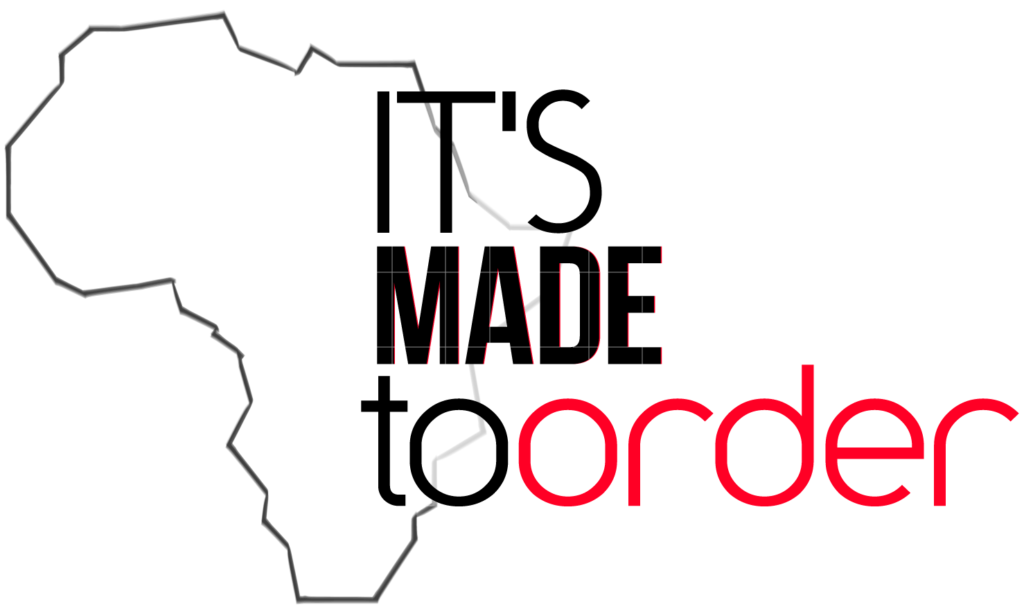In recounting the causes of the Nigerian-Biafran War, one of the reasons most commonly cited in the mass killing of “Southerners” by “Northerners” in the months preceding the war. While this was the most immediate and direct factor that led to the conflict, its citation as the primary factor presents a narrow view of the circumstances surrounding the war and paints Nigeria as a country inexplicably divided by region and religion. Meanwhile citizens of the country had for years before existed in mixed communities with people from different regions and groups of the country- and still continue to do so.
Killings In The North
The killing of Southerners in the North of Nigeria started in May 1966 and continued until September of that year. The attacks were led by northern members of the military with civilians joining as the attacks became more widespread. While the targets for the attacks were Igbos, other ethnic groups from the Southern and South-Eastern regions of the country were also affected as it was often difficult to determine the specific ethnic group one belonged to. By the end of the period, if not dead, most Southerners had fled the region.
While the military ruler of Nigeria, during the time period, General Yakubu Gowon, assured the safety of Southerns living in the north of the country, one of the assertions and causes for the session of the Southern region that would follow was that the country had not done enough to protect those being killed.
During this time however, some Northerners sheltered and harbored Southerners to shield them from the attacks. In addition, in the Southern part of the country, Northerns faced reprisal attacks- though the attacks were not on the same scale as those in the North. Many Northerners equally fled their homes in the South to find safety in the North.
Not The Only Cause
While this period was a key factor in what led to the immediate session of the Southern region and the Nigerian-Biafra, it was not the sole factor. Doing so, provides and inaccurate description of that period and paints the country as one irrationally divided on ethnic and religious lines. We will discuss the other factors that led to the massacres- and eventually the war- in following posts.
This article is a part of the series on The Nigerian- Biafran War At 50 and which is part of our African Futures and Pasts Project. To learn more about it and how you can be a contributor, see details here.

